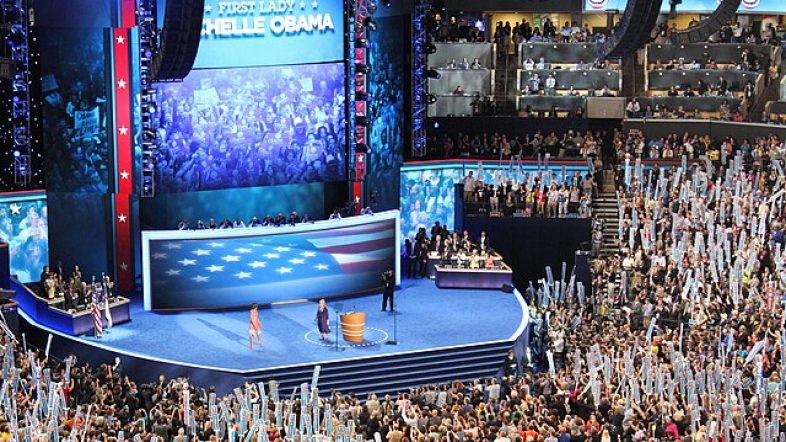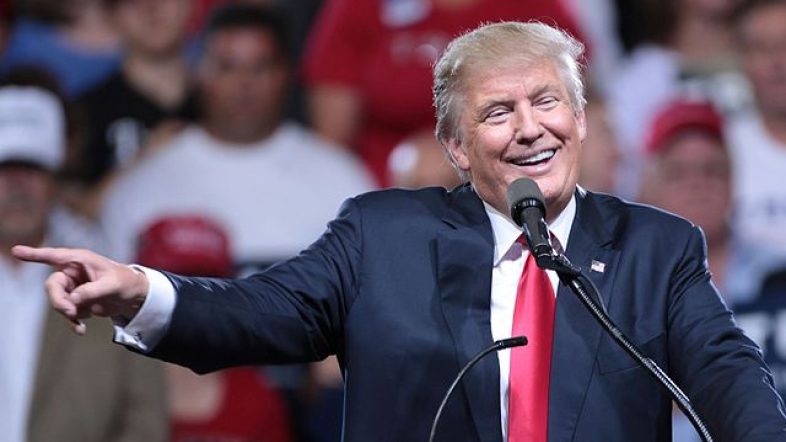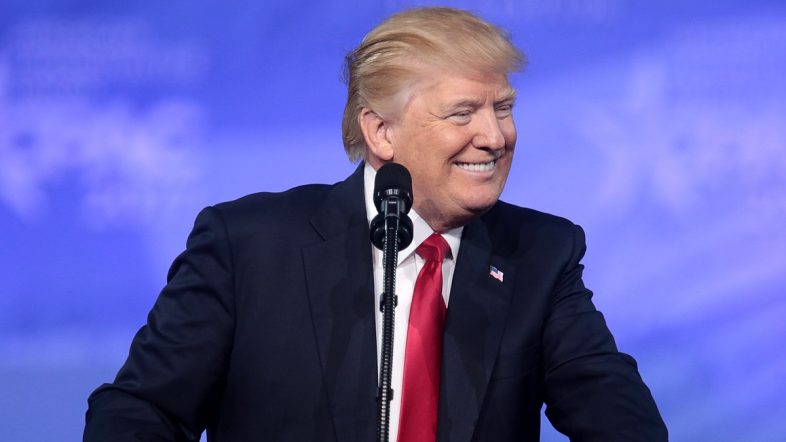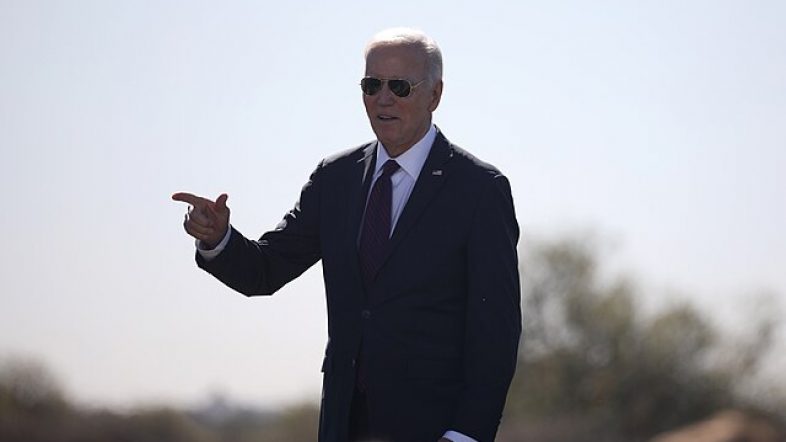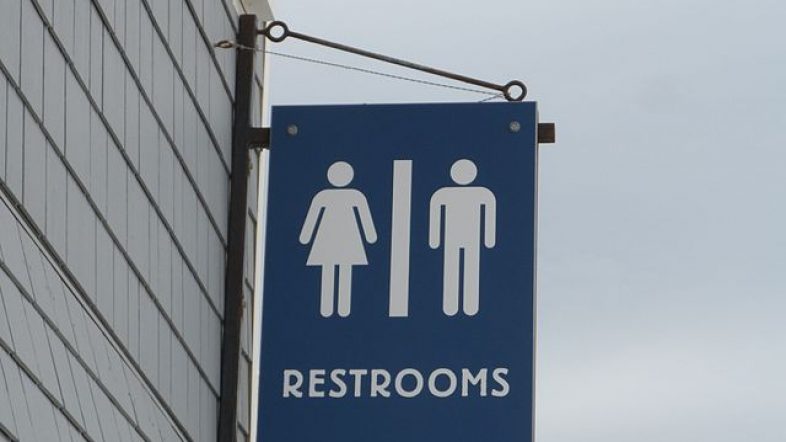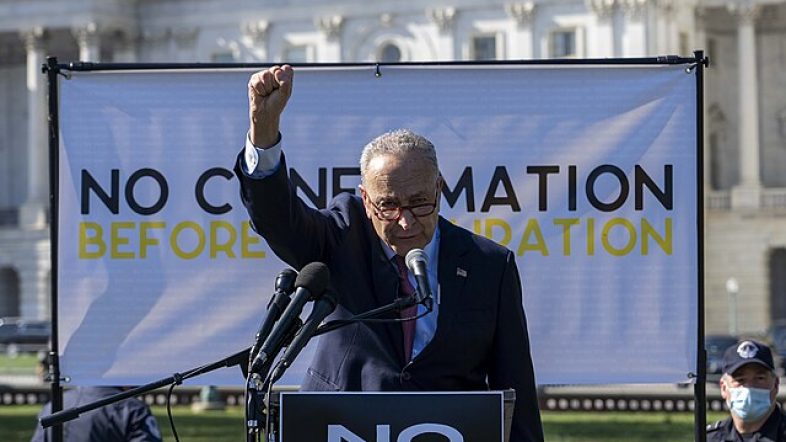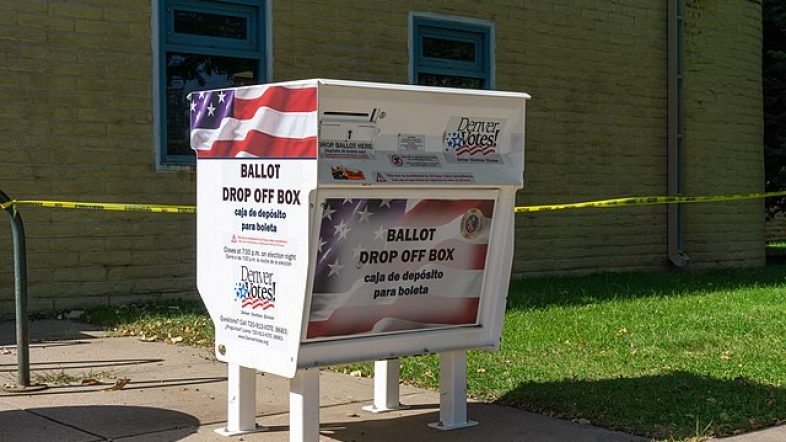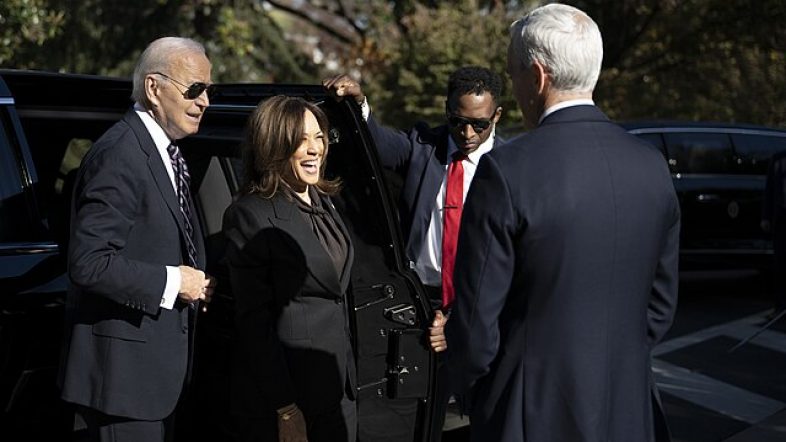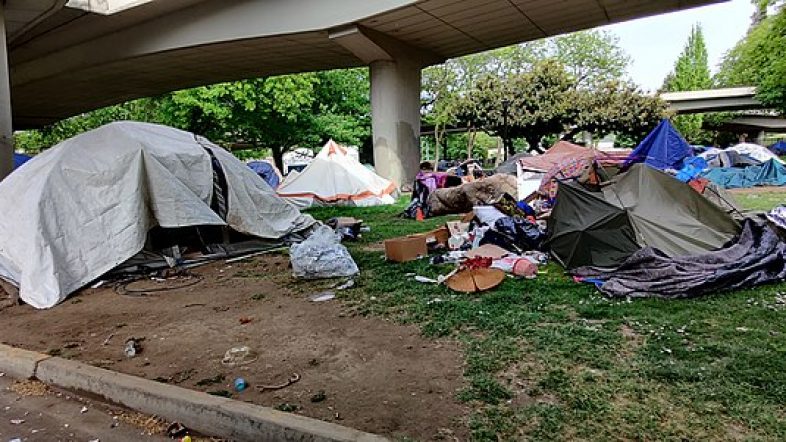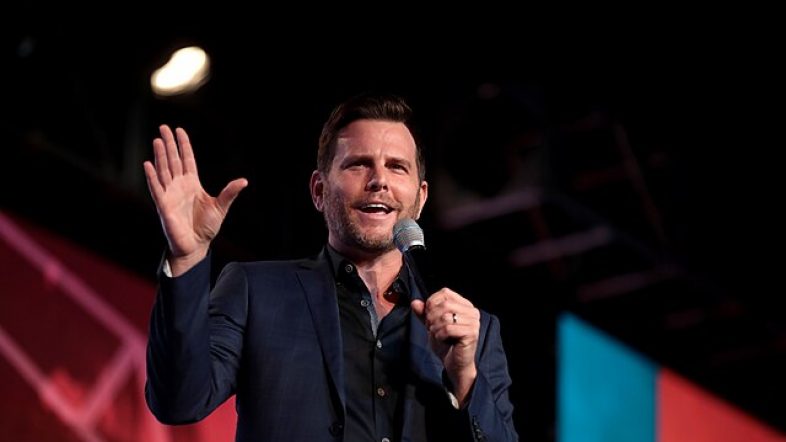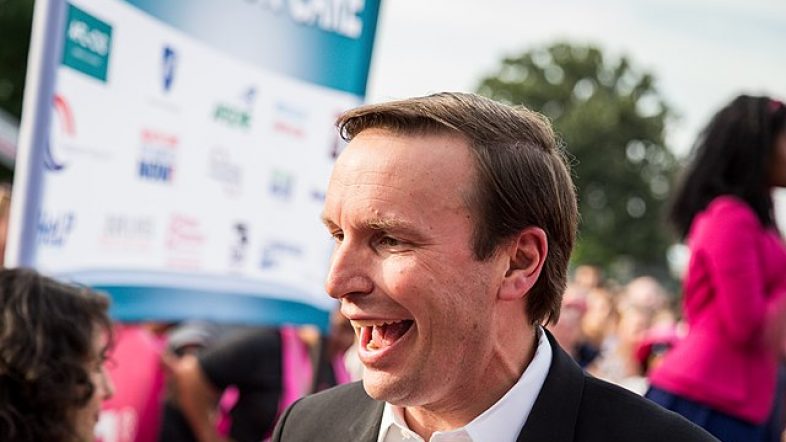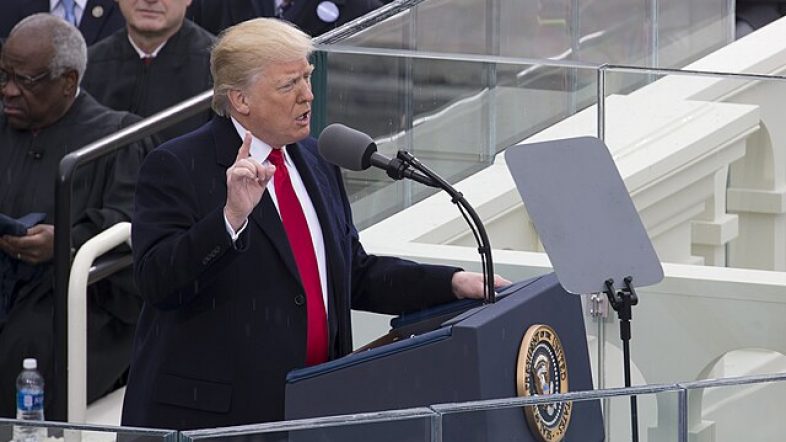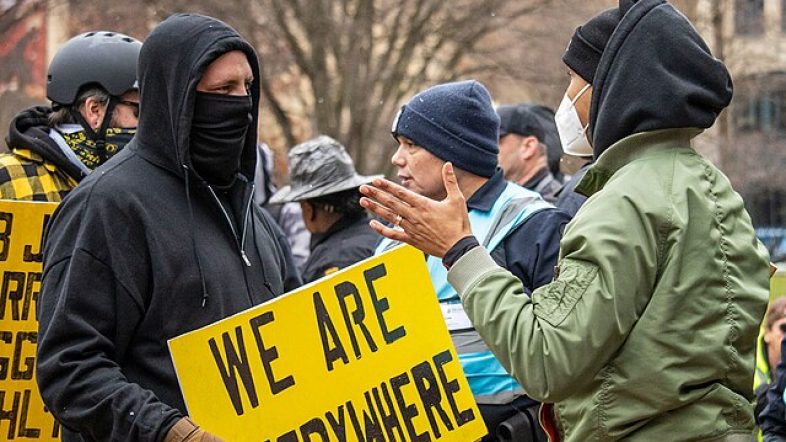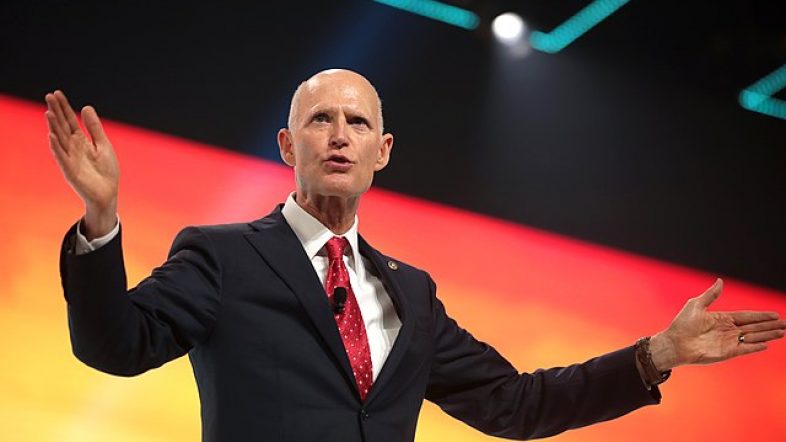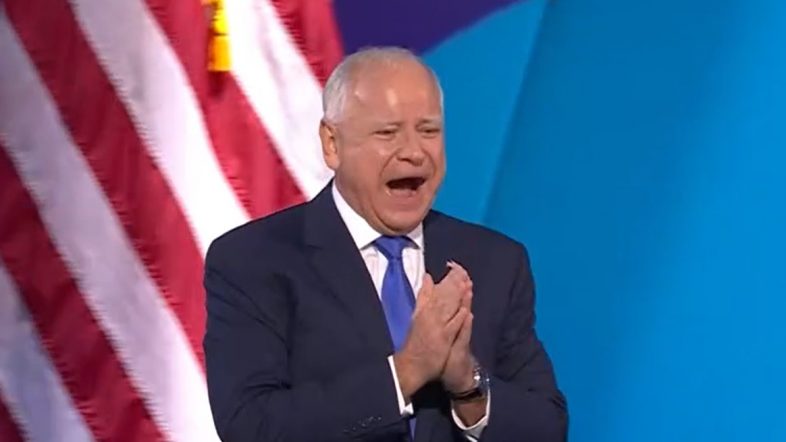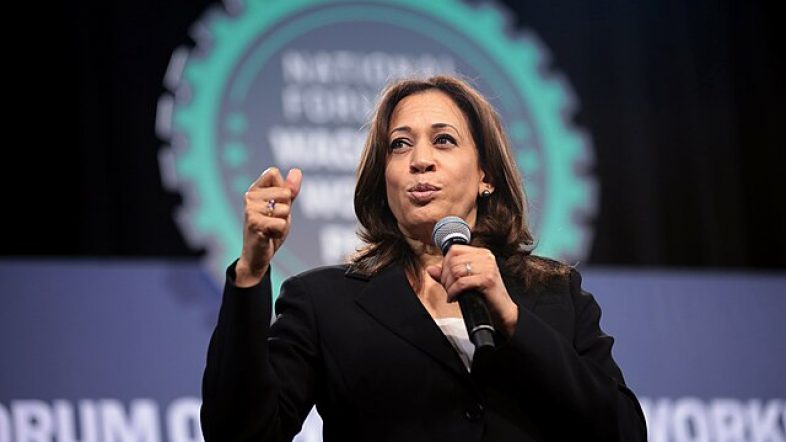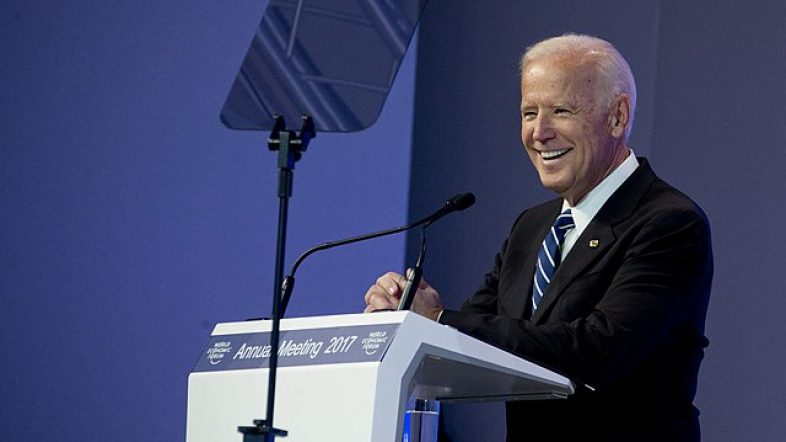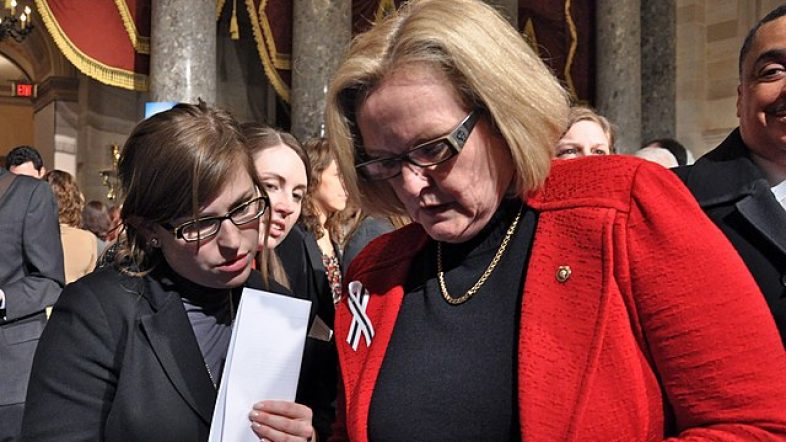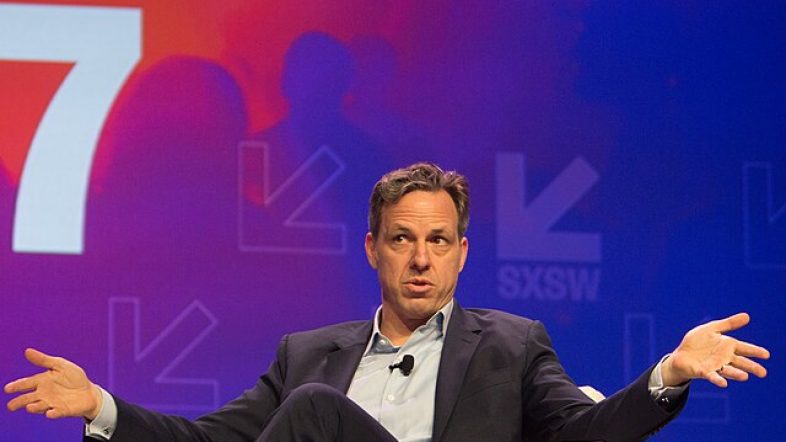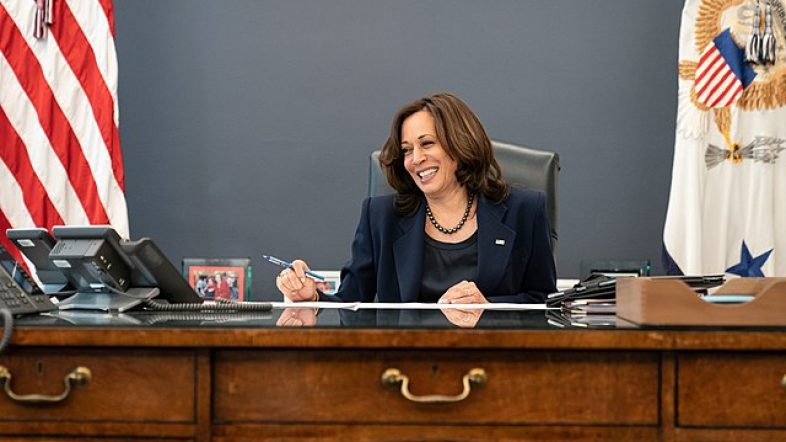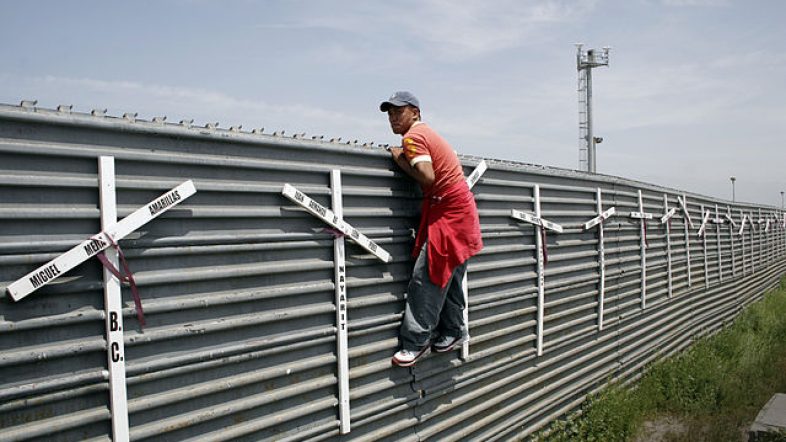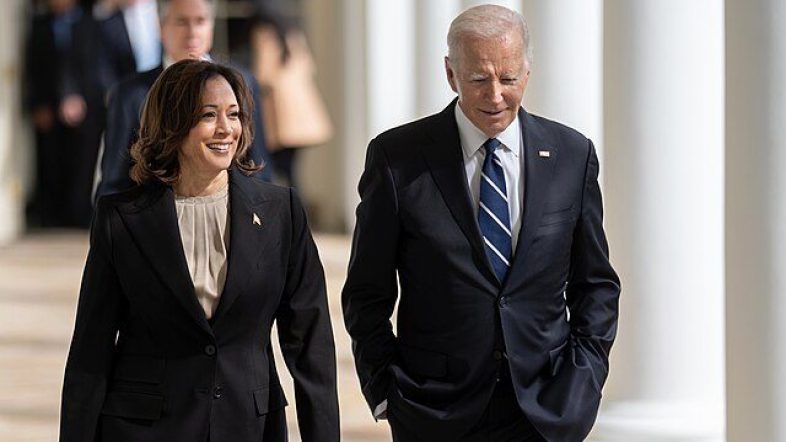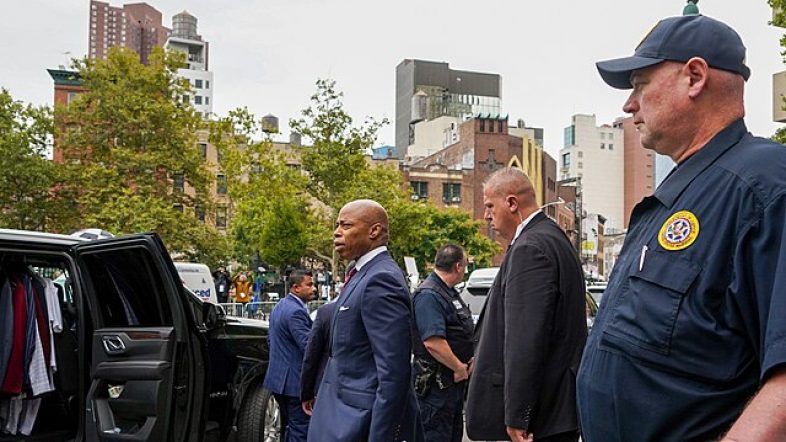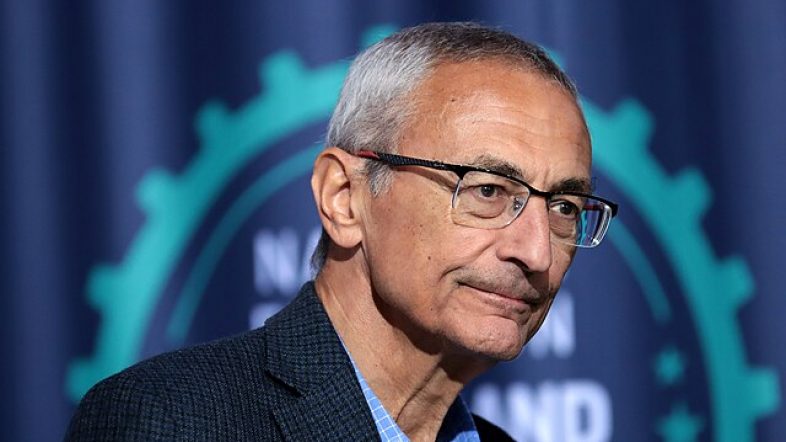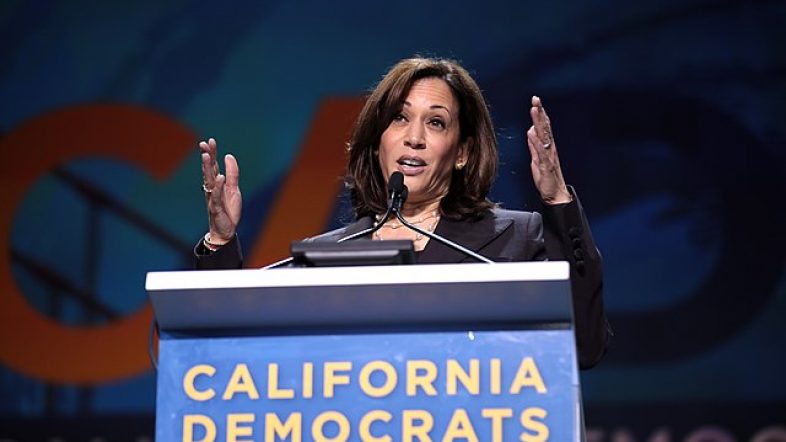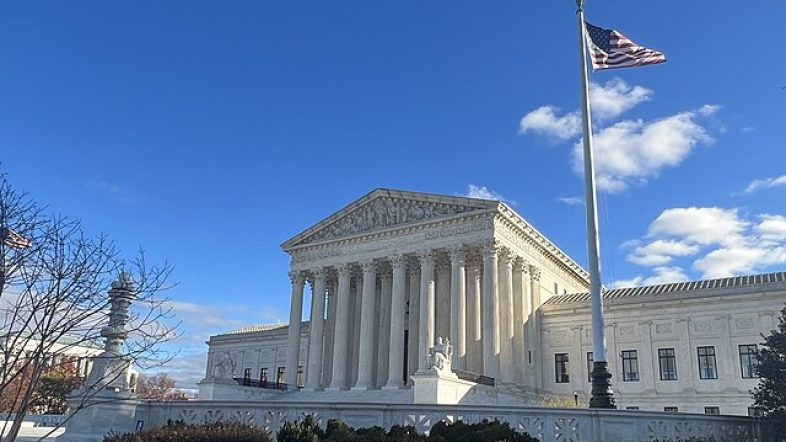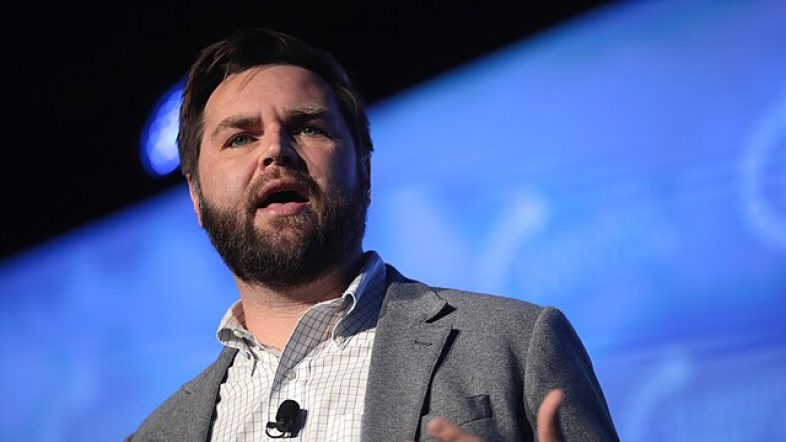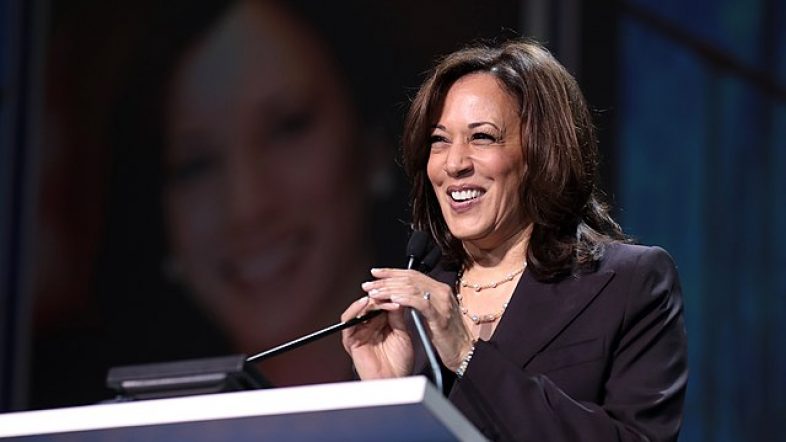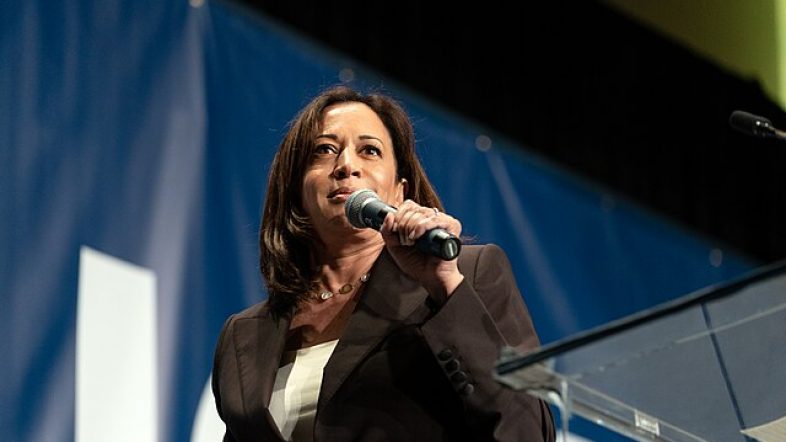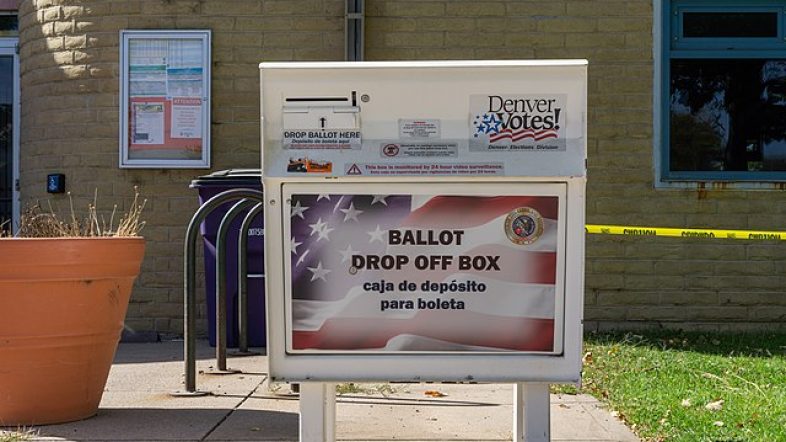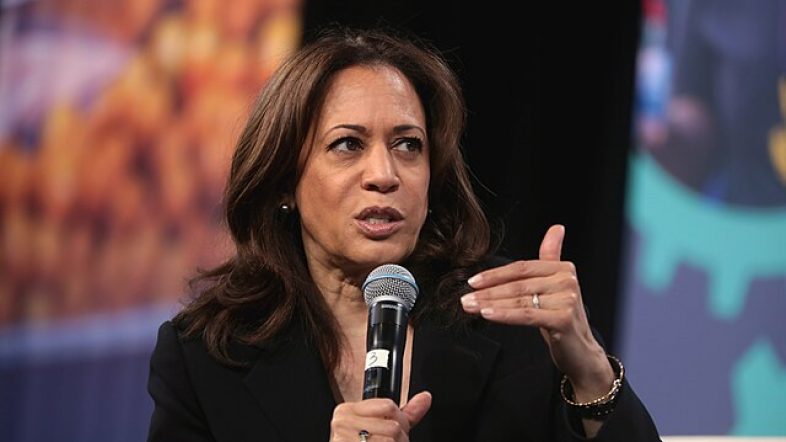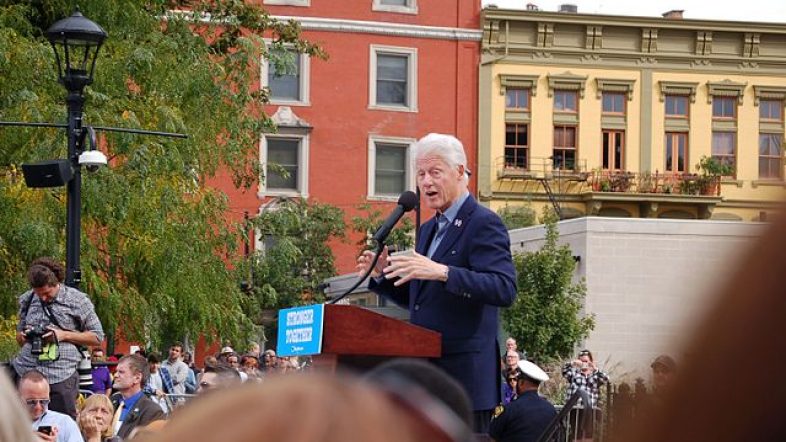Commercial real estate is facing an exceptionally high number of foreclosures on high-risk loans, an indicator that the sector could face even more foreclosures in the future, according to The Wall Street Journal.
Lenders issued foreclosure notices for 62 high-risk loans in the commercial real estate sector for this year ending in October, double last year’s total and possibly the highest number ever, according to a WSJ analysis. Many of those foreclosures are from mezzanine loans, or high-risk property loans that allow for a shorter time to foreclosure and have higher interest rates, with the shorter time frame giving a more immediate pulse on the health of the sector and forecasting a possible wave of foreclosures in the future on more traditional loans.
“A lot of borrowers have basically said, ‘I can’t hold this asset any longer; I can’t keep putting money in,’” Terri Adler, managing partner at the law firm Adler & Stachenfeld, told the WSJ. “And the lenders have said, ‘OK, we’ll take it back.’”
Commercial real estate foreclosures, while still presently low, are a lagging indicator of the sector’s health, as there can be a gap of a few months to years between a default and a foreclosure on more traditional loans, according to the WSJ. The total dollar amount for mezzanine loan foreclosures, despite the increase, is not known as the loan type does not appear on property records due to its opaque nature.
Regulators have forced bigger banks to be more cautious since the 2008 financial crisis, where a bubble in the real estate market burst after banks issued an exceptional number of risky loans, leading to the recent rise in mezzanine loans, which avoid this regulation to fill that demand for riskier loans, according to the WSJ. Smaller banks, debt funds or nonbank lenders fill this gap with mezzanine loans that entice lenders with interest rates often above 10%.
Mortgage rates reached a recent peak near the end of October at 7.9%, the highest point since September 2000. Residential home affordability has also suffered, with the average American only being able to afford a 30-year mortgage on a $356,273 house as opposed to that same family being able to afford a $737,392 house in December 2020.
Interest rates across all forms of debt are facing upward pressure from the Federal Reserve’s federal funds rate hikes. The rate has been put in a range of 5.25% and 5.50%, a 22-year high, following a series of 11 hikes in an effort to combat inflation, which peaked at 9.1% in June 2022.
Will Kessler on November 13, 2023





